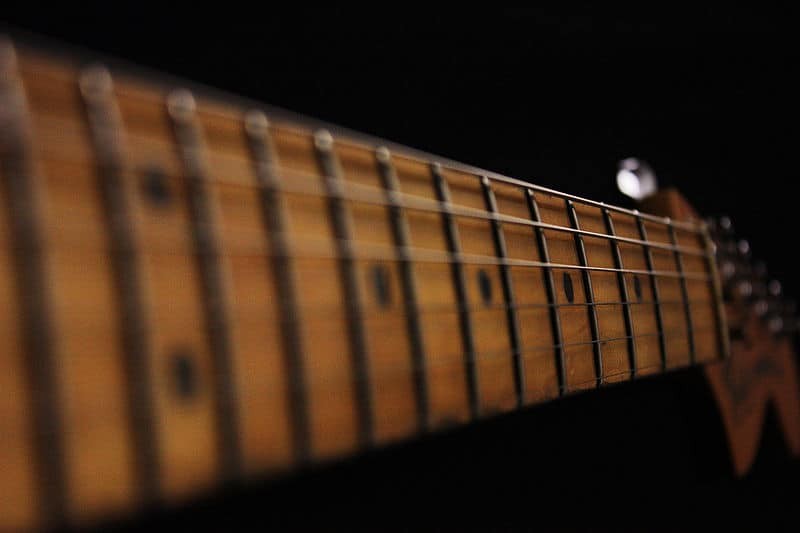Learning guitar without a physical instrument might seem impossible, but there are valuable mental exercises that can significantly improve your playing. While you can’t develop physical techniques without a guitar in hand, you can enhance your theoretical understanding, fretboard knowledge, and musicality through focused mental practice. This article explores three key areas where you can make progress even when you can’t physically play.
Sharpening Your Musical Mind Through Observation
When you’re away from your guitar, immersing yourself in music theory and observing other guitarists can be incredibly beneficial.
Diving into Music Theory
Focusing on theoretical concepts without the distraction of physically playing can accelerate your understanding. Music theory videos designed for guitarists are an excellent resource. Repeated viewing allows you to absorb complex ideas at your own pace, solidifying your foundational knowledge.
Learning From Lesson Videos
Even without a guitar, watching lesson videos and visualizing yourself playing along can be surprisingly effective. Mentally mimicking finger placements and chord changes strengthens your muscle memory and prepares you for practical application when you have access to your instrument.
Observing the Masters
Actively listening to both guitar instructors and your favorite artists is crucial. Pay close attention to nuances like bends, groove, articulation, and the interplay between instruments. Analyzing how experienced guitarists shape their sound will deepen your musical understanding and inspire your own playing. Try to identify the beat and its subdivisions to enhance your rhythmic awareness. Focused listening significantly benefits your practice and overall musical development.
Mastering the Fretboard: A Mental Map
Internalizing the fretboard layout is essential for any guitarist. Surprisingly, you can achieve this without a physical guitar.
Paper and Pencil: Your New Tools
Drawing a fretboard on paper and meticulously labeling each note is a powerful technique. Start with one note, marking its location across the fretboard. Progress to the next note, repeating the process until you’ve mapped the entire fretboard. This method helps solidify a clear mental image of note locations. Renowned guitar instructor Justin Sandercoe utilized this technique during his commutes, highlighting its effectiveness.
Building Your Mental Fretboard
You can enhance your understanding by redrawing the fretboard with different approaches. For instance, after mapping individual notes, try focusing on scales or chord shapes. This iterative process connects the dots, creating a comprehensive mental map of the fretboard. Use a simple six-line representation or download a pre-made fretboard diagram (available HERE).
Harnessing the Power of Visualization
Visualization, a technique widely used by athletes, can significantly improve your guitar playing.
Mental Rehearsal: Scales and Chords
Begin by visualizing yourself playing a familiar scale. Imagine each note, both visually and aurally, as you ascend and descend the scale. Gradually progress to unfamiliar scales, referencing written notes as needed.
Extend this technique to chords. Visualize yourself fingering chord progressions, paying attention to finger movements and transitions. Refer to written chord diagrams if necessary. Like any muscle, your visualization ability improves with consistent practice.
Conclusion
Even without physical access to a guitar, you can make significant strides in your musical journey. By focusing on music theory, fretboard knowledge, and visualization, you can enhance your understanding and prepare for more effective practice when you return to your instrument. These mental exercises are valuable for guitarists of all levels, fostering confidence and accelerating progress.
